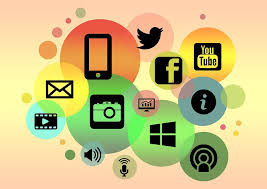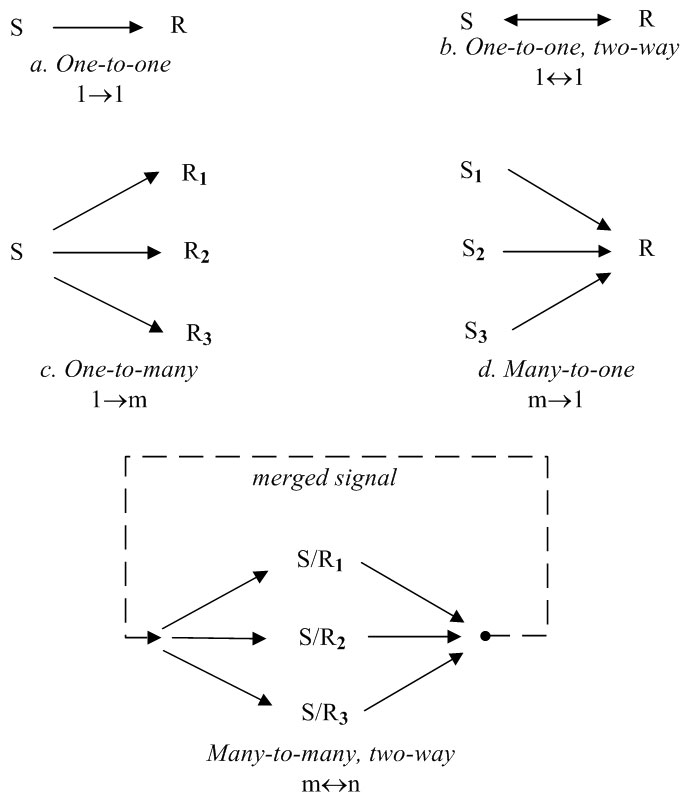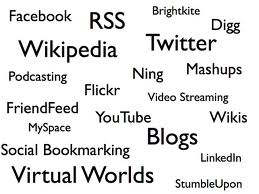
Communication is the transmission of meaning between senders and receivers, where meaning is any change in a person’s thoughts, feelings or motives. The communication performance of a system is the total amount of meaning exchanged, i.e. its human impact. Whether online or off, it depends on two factors:
1) Message richness. The amount of meaning a message conveys.
2) Sender-receiver linkage. The number of people and directions in a communication link.
Message richness increases communication performance by increasing the amount of meaning transferred per message. It is not to be confused with media richness, the bandwidth of the communication medium. To suppose video is always “richer” than text is to confuse the meaning level and the information level. Meaning is the human impact, so texting “I’m safe” can have more meaning than a multi-media sales video if one is overwhelmed to hear that a loved one is safe but indifferent to a sales pitch. Yet media bandwidth does affect the message type as follows (from simple to complex):
a. Position. A single, static symbol, e.g. to raise one’s hand. An online vote is a position.
b. Document. Many static symbols that form meaning patterns as words form a sentence by syntax or pixels form an object by Gestalt principles. Documents are text or pictures.
c. Audio. A dynamic channel with multiple semantic streams, as speech has tone of voice and content. A semantic stream is meaning produced by a type of processing, so one physical channel processed differently can have many semantic streams, e.g. tone of voice and message content.
d. Multi-media. Many dynamic channels, e.g. video is both audio and visual channels, and face-to-face communication uses many sensory channels.
More complex messages that can transfer more meaning require more channel bandwidth.
Linkage increases communication performance by increasing the senders and receivers in a message link (Figure 3.4).

The most common types of communication linkage are:
a. Interpersonal (one-to-one, two-way): Both parties can send and receive, usually signed.
b. Broadcast (one-to-many, one-way): From one sender to many receivers, can be unsigned.
c. Matrix (many-to-many, two-way): Many senders to many receivers, usually unsigned.
Communication performance depends on linkage, as an interpersonal message sent to one person by say email impacts just one person, but when two people chat the communication goes both ways. An email posted on Facebook that is broadcast to many people again increases the human impact. People communicate with people at the personal level but there is an even more powerful communication available at the community level. Matrix communication is group-to-group, i.e. many send and many receive in one transmit operation. It combines one-to-many (broadcast) plus many-to-one (merge) communication, e.g. an audience applauding a speaker is many-to-many, as the group producing the clapping message also receives it. Matrix communication allows normative influence, e.g. when audiences start and stop clapping together. A choir singing is also matrix communication, so when choirs go off key they usually do so together.

Face-to-face groups also use matrix communication, as body language and facial expressions convey each member of the group’s position on an issue to everyone else in the group. A valence index calculated from member position indicators was found to predict a group discussion outcome as well as the words (Hoffman & Maier, 1961). Matrix communication is how online electronic groups form social agreement without any rich information exchange or discussion, using only anonymous, lean signals, (Whitworth et al., 2001). Community voting, as in an election, is a physically slow matrix communication that computers can speed up. Tag cloud, reputation system and social book-mark technologies all illustrate online support for matrix communication (Figure 3.5).
If communication performance is richness plus linkage, a regime bombarding citizens 24/7 with one-way broadcast TV/video propaganda can exchange less meaning than people talking freely by twitter, which is many-to-many linkage.